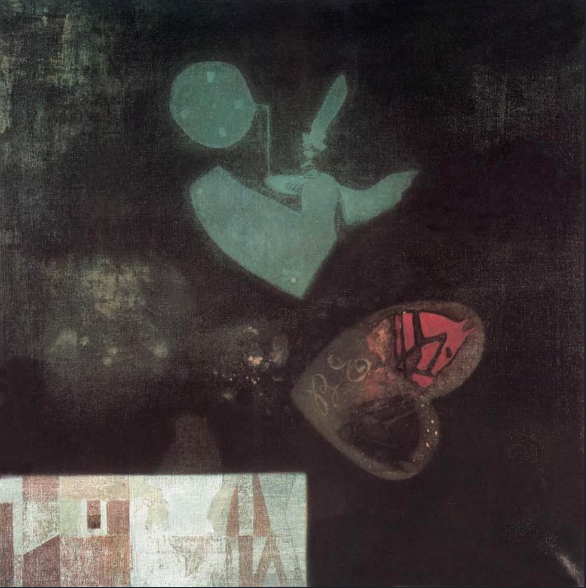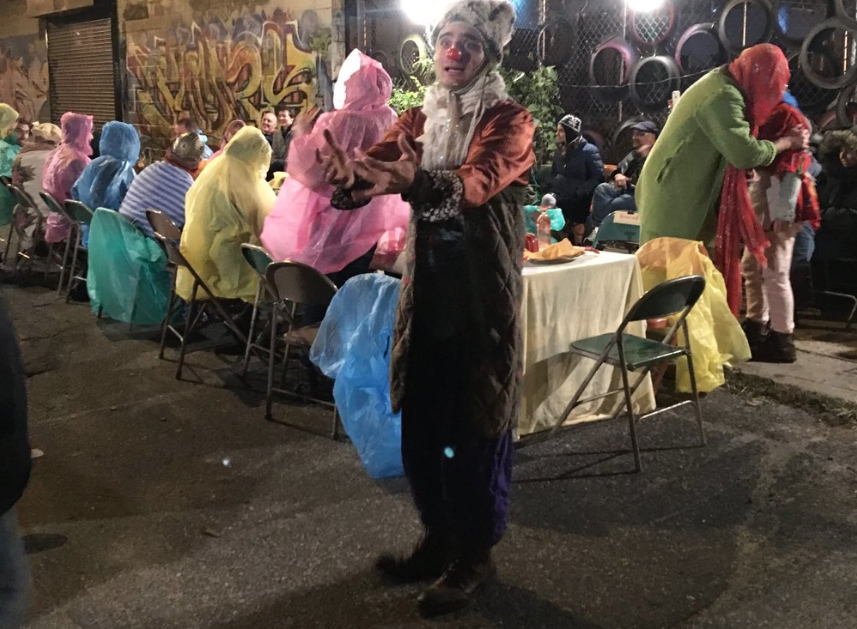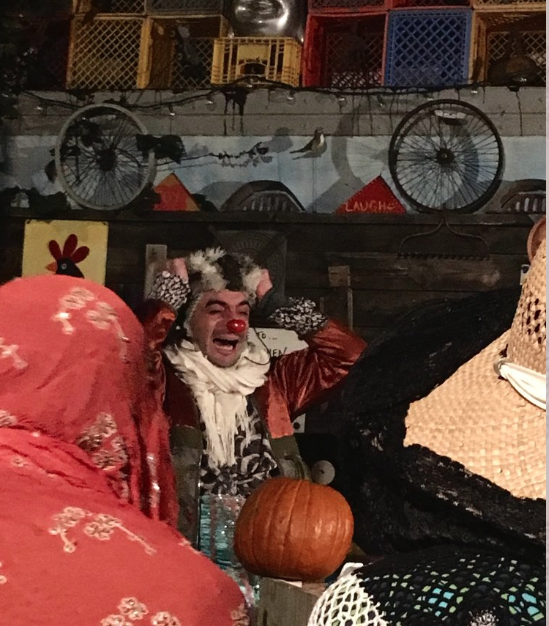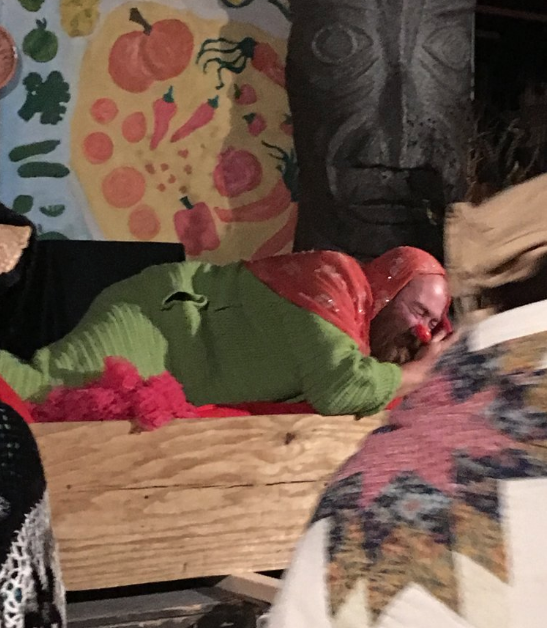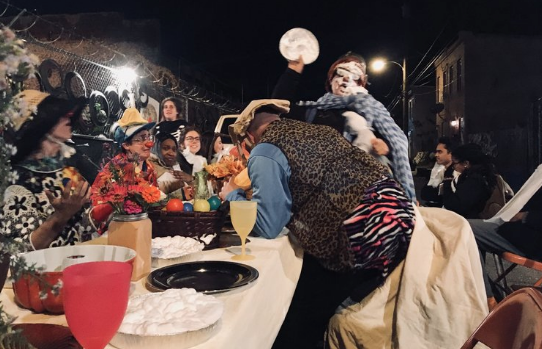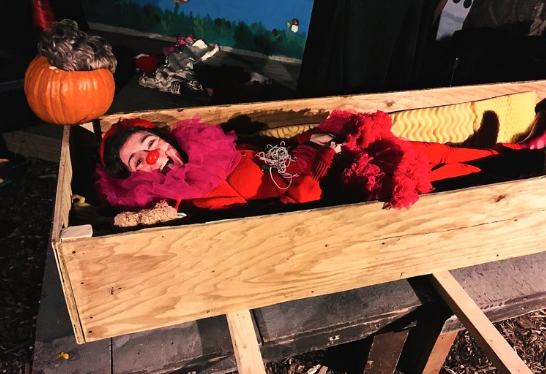_ _ _ _ _
Update: previously scheduled for April 2, 2020 this workshop has been postponed indefinitely. The idea has, for now, transformed into an online collective dream journal, and also includes a 20 minute guided somatic dream exploration (click “prompts/guidance” and scroll to the bottom). Please share this project with anyone who may be interested, the more dreams the merrier!
_ _ _ _ _
This workshop combines therapeutic, expressive, and deep listening methods based in Process-Oriented Psychology (specifically the Dreambody approach defined by Arny Mindell), somatic awareness, and Butoh-inspired movement techniques. Through a combination of guided dialogue, drawing, and somatic movement exercises supported by the live improvised soundscapes of composer and ambient musician Mikronesia, participants will delve full-bodied into various aspects of their dreams in order to discover the hidden gifts present in even the most disturbing of nightmares. The evening will begin with an optional offering of Mugwort tea.
The workshop is suitable for anyone with an interest in dream work and movement, and especially for those who benefit from artistic, relational, and group support when diving into the psyche and soma.
NOTES/THINGS TO CONSIDER:
In preparation for the workshop, you may want to begin or continue a practice of writing down your nighttime dreams. For the workshop, please come with one or two dreams you’d like to explore in depth. You can also select to work with an important dream (or the first dream) that you remember having as a child. Nightmares, disturbing dreams, and dreams that involve body parts or physical responses are especially welcome.
While therapeutic in nature, this workshop is not group psychotherapy. For especially potent dream material, it may be wise to seek out additional support from individual therapists, analysts, counselors, bodyworkers, etc.
Please wear comfortable clothing, layers recommended. Paper and basic drawing materials will be provided, but you may also wish to bring your own paper/notebook and favorite drawing materials.
Some exercises will occur in partners/duos – feel free to come with somebody with whom you already know you’re comfortable sharing dreams, or feel free to come on your own ready to get to know somebody new!
Window Room Accessibility Notes
FACILITATOR-ARTIST BIOS:
Victoria Maria Moyer is a transdisciplinary artist, facilitator, hypnotherapist, somatic bodyworker/therapist-in-training, gardener, and environmental enthusiast. Victoria’s facilitation methods are most influenced by trainings and experiences in Butoh, drama therapy and physical theatre, Polyvagal theory, somatic modalities of therapy, processwork, trauma-informed art-making, outdoor embodied education, and dance-witnessing modalities like Authentic Movement and Contemplative Dance.
Mikronesia
Composer and sound artist Michael Reiley (Mikronesia) explores the relationship between present moment awareness, deep time and humanity’s personal connection through listening. Often creating his acousmatic works from field recordings processed and composed into multilayered, multi-textured sound worlds through a process he calls “sonic photography.” This process involves site-specific recordings of physical locations, re-imagined using digital processing techniques analogous to photographic development and collage. His aim is to reframe the everyday world both as grand statement that stretches out in all directions of time and as ephemeral instant of precious connection. His compositions have been strongly influenced by his daily practice of meditation, as well as Deep Listening–the integrative sound practice of composer Pauline Oliveros. In 2016 he completed a certification program in Deep Listening studying with Deep Listening pioneer Pauline Oliveros.
Over the past four years, he has been traveling at artists residencies around the world in Brazil, Iceland, Germany, Mexico, Costa Rica, Thailand, and India gathering recording for the Echozoo project and teaching with his Deep Listening and Somatic based workshop, called Listening Bodies. He is currently a teacher at the Center for Deep Listening at Rensselaer Polytechnic Institute in Troy, New York. He is also studying to become a certified therapeutic musician with the Music for Healing and Transition Program, which serves the ill and dying with live music for healing, or life-to-death transitioning in hospice.
http://mikronesia.com
